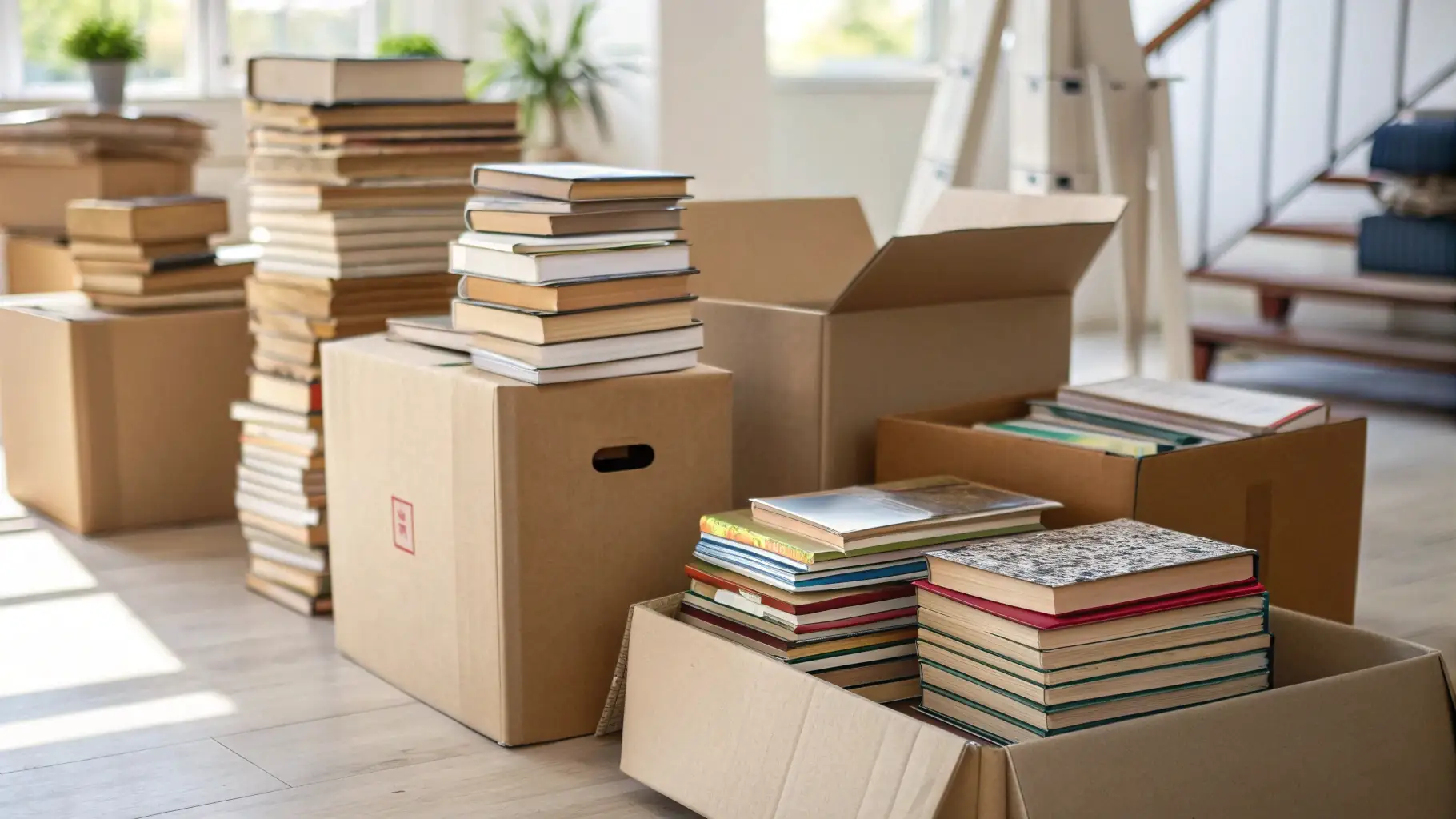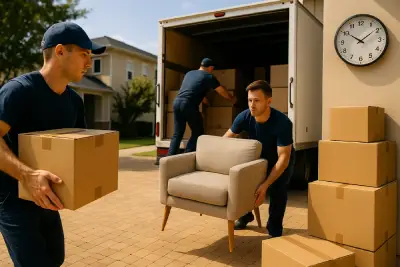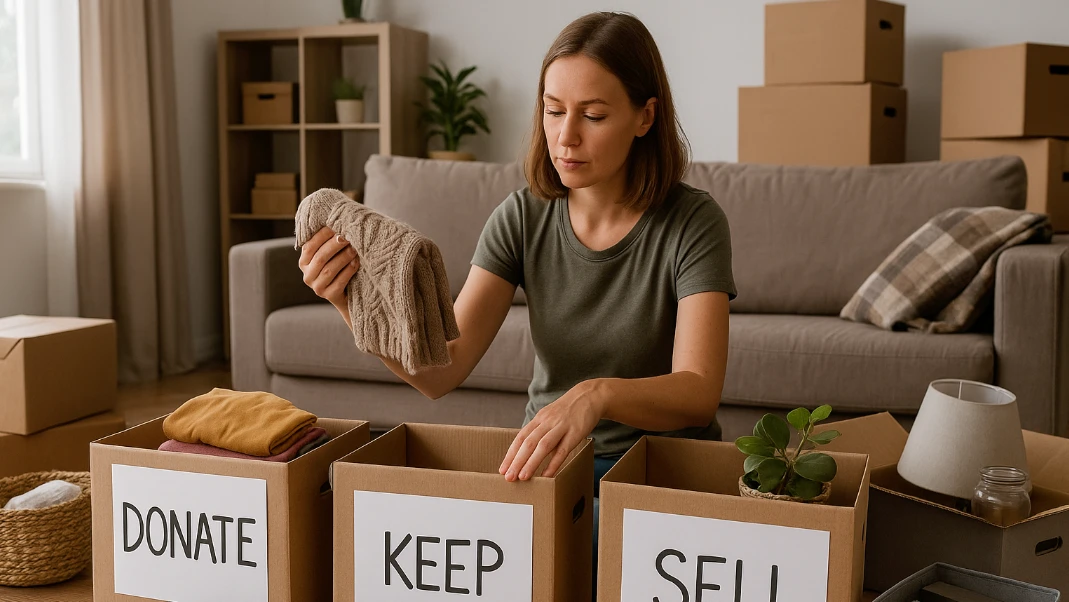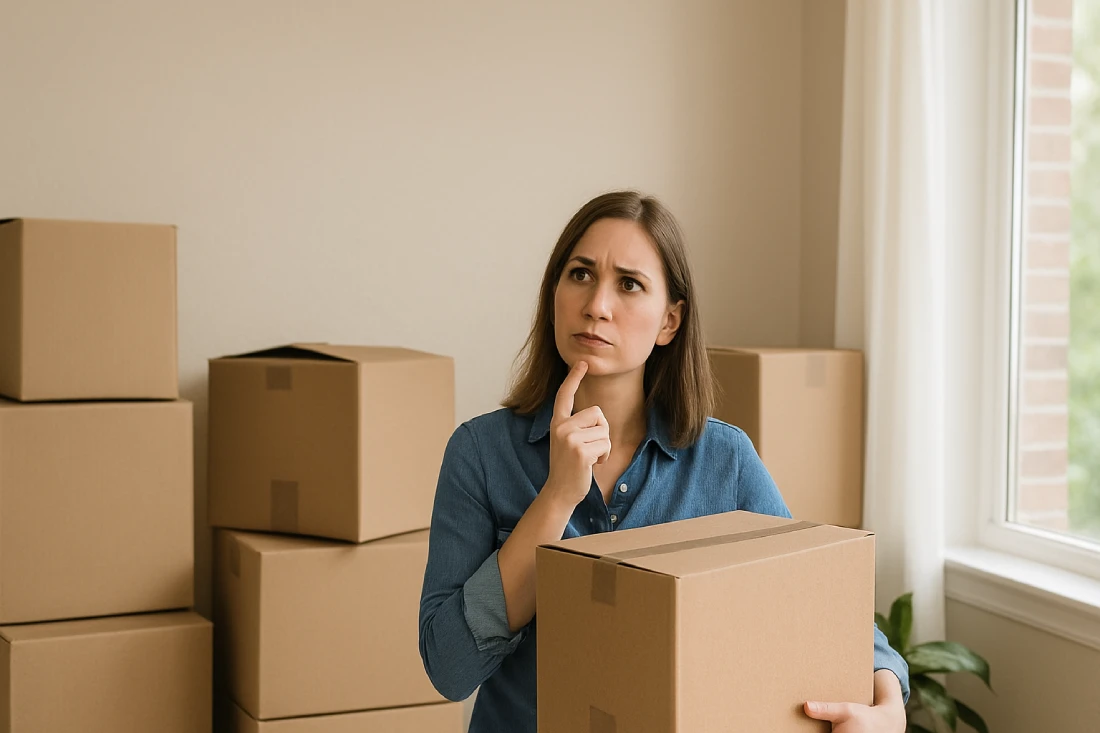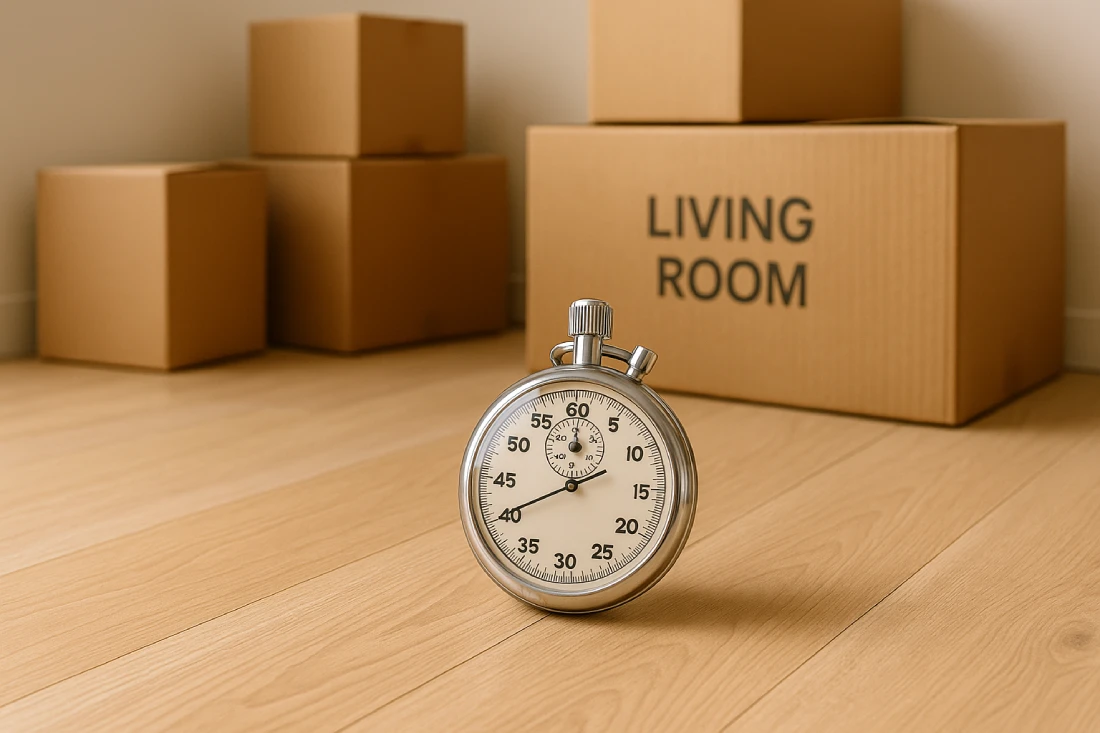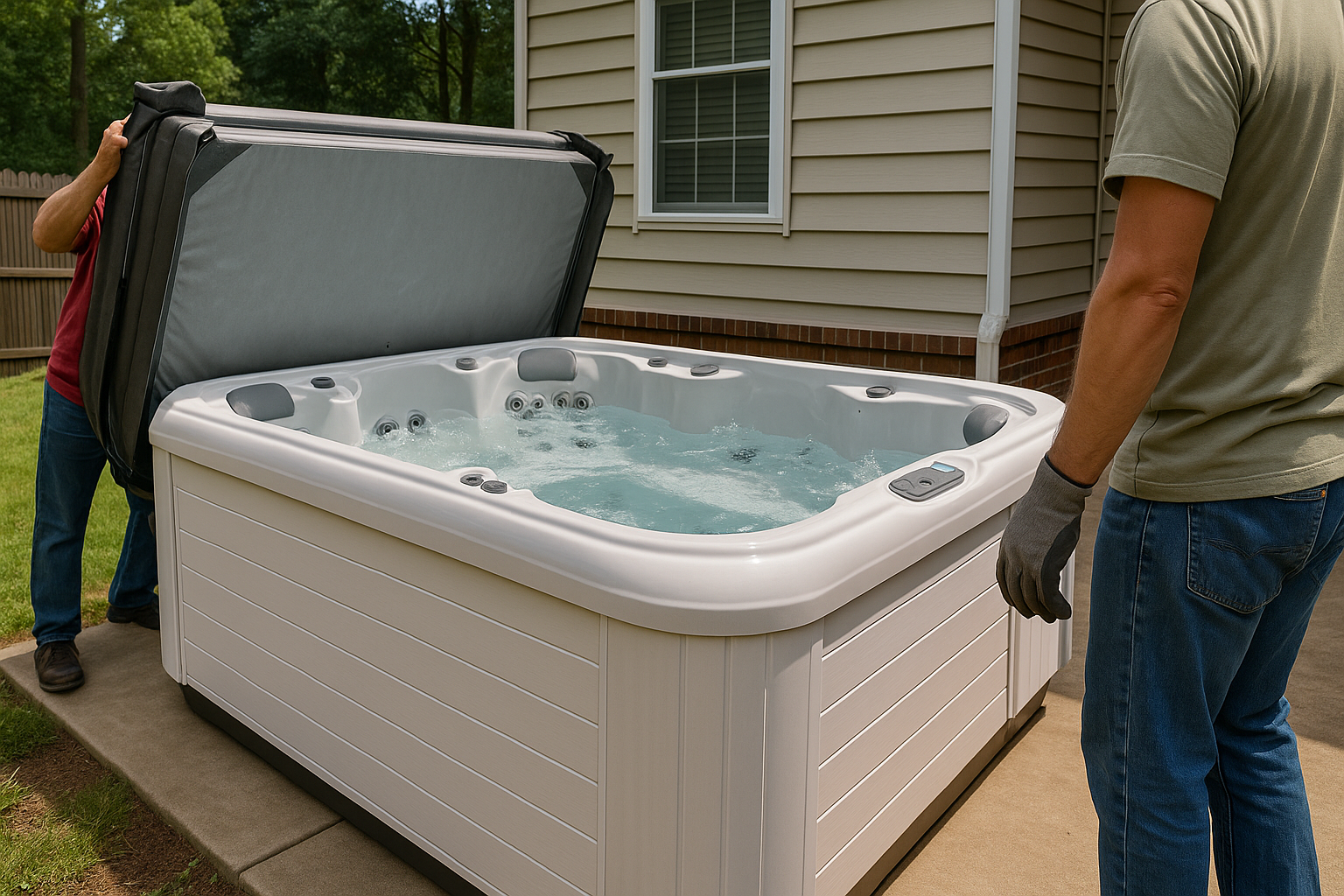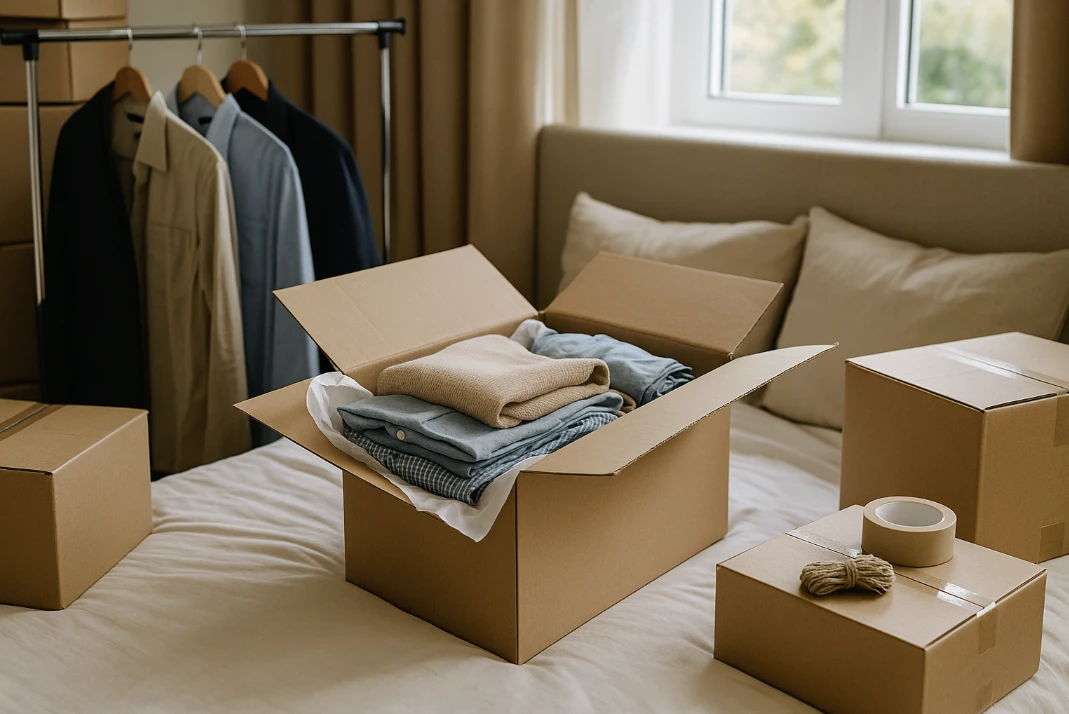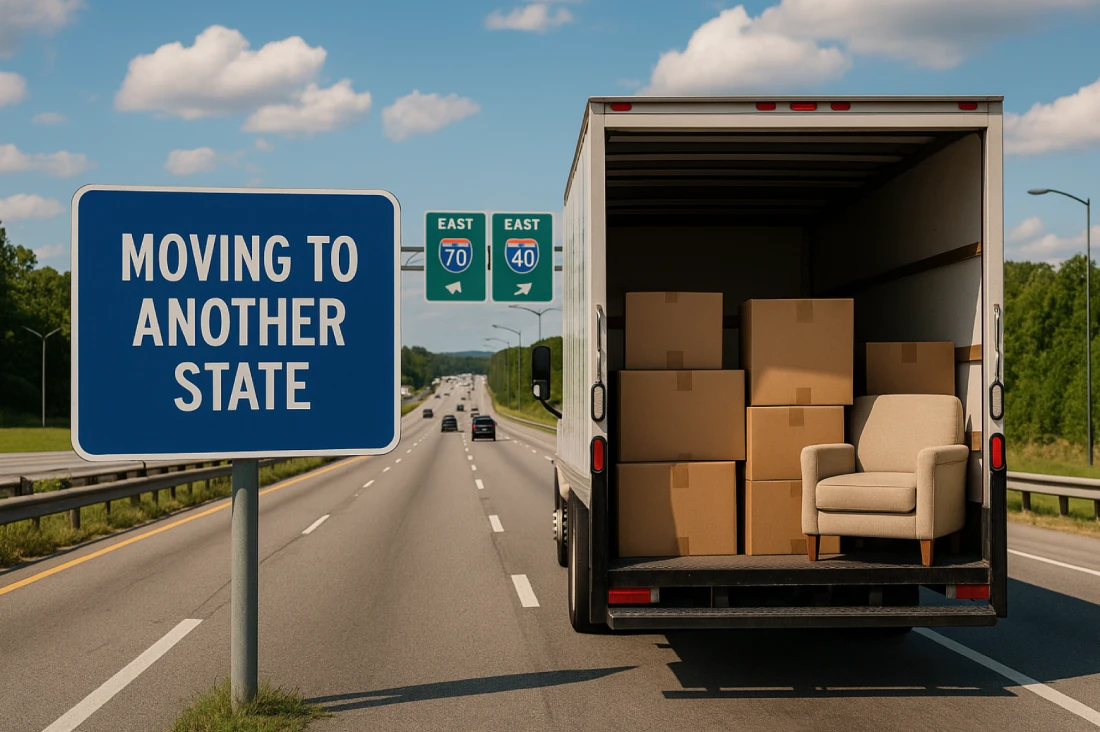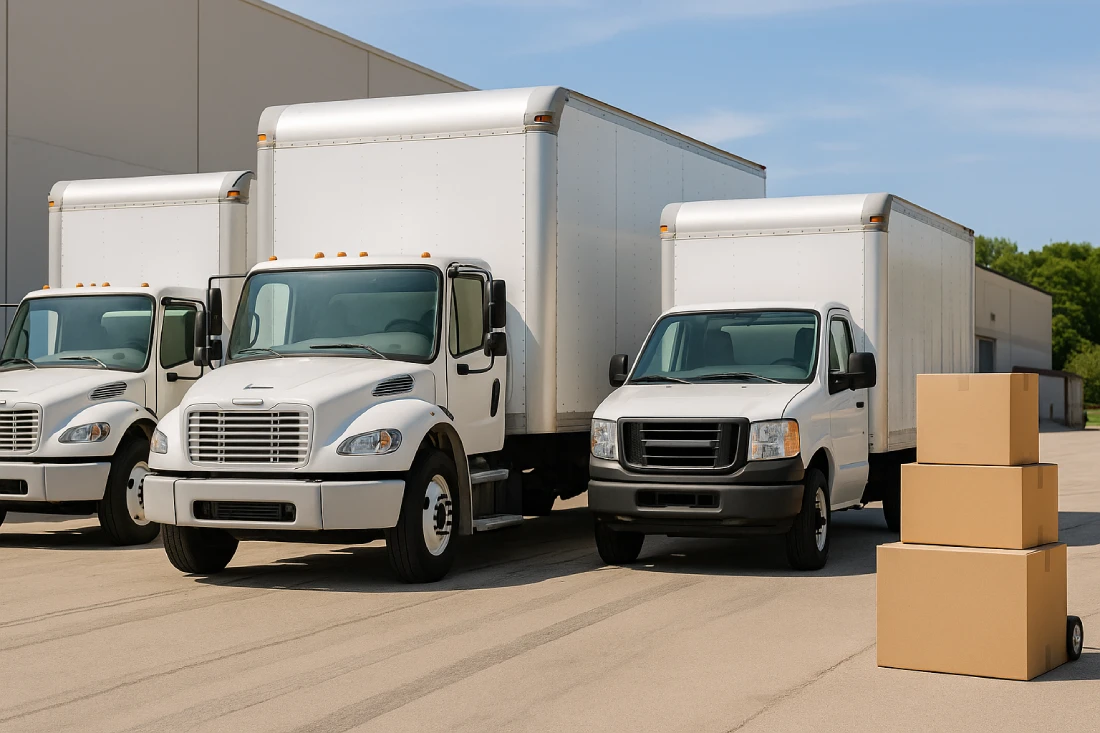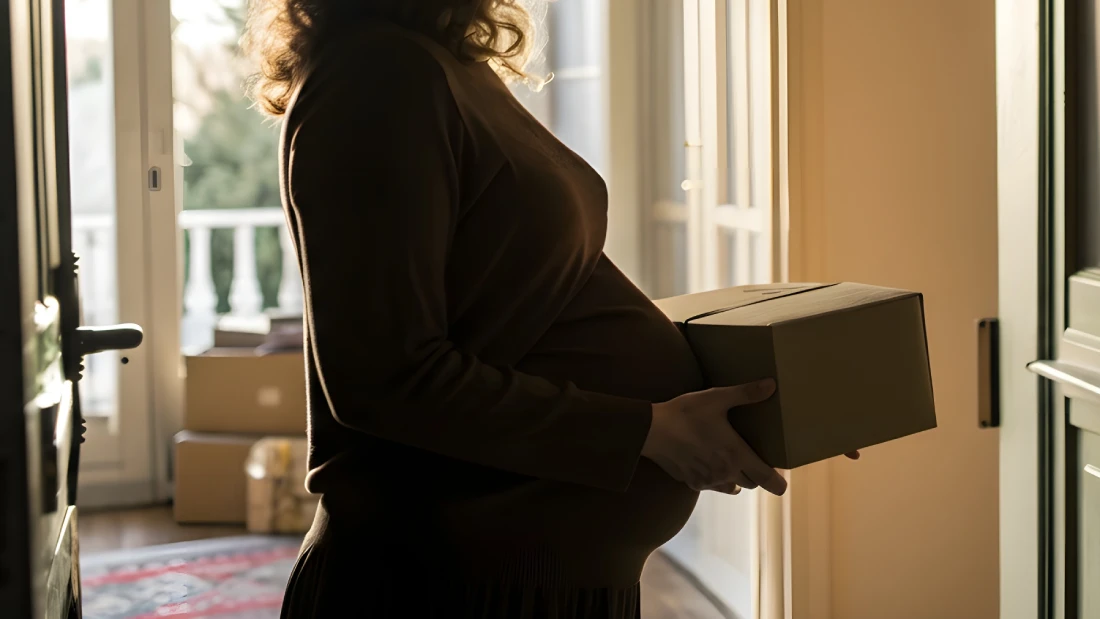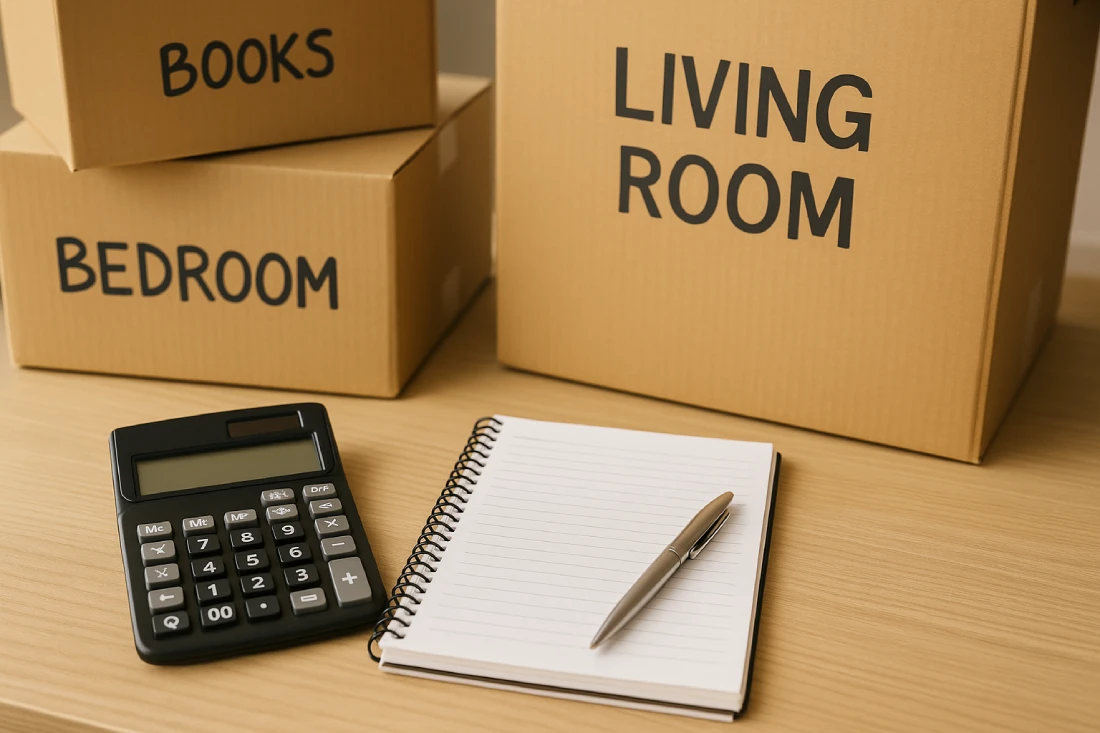Moving to a new home can be stressful, but smart planning and the right packing strategies can help. You can save time, cut costs, and avoid common mistakes. This guide covers practical tips for decluttering, packing, staying organized, and settling into your new space smoothly, whether you're moving across town or across the country.
Getting Started: Planning Your Move
Good planning is the foundation of a successful move. Most experts recommend starting your preparations at least 6-8 weeks before your move date. Create a moving timeline that breaks down tasks week by week, starting with a master checklist of everything from notifying utilities to packing each room.
If you're hiring movers, get quotes from at least three different companies to compare prices. This can save you $200-500 or more. For DIY moves, reserve your truck early, especially during peak season (May through September). Set a realistic budget that includes packing supplies, moving services, time off work, and extra money for unexpected costs. For a detailed breakdown of professional moving expenses, see how much it costs to hire a moving company.
Decluttering Before You Pack
One of the best moving hacks is to declutter before you start packing. The less you have to pack, the easier and cheaper your move will be. Every item you get rid of means less to wrap, box, transport, and unpack. This can save you hundreds of dollars in moving costs.
Go through each room and sort items into four categories: keep, donate, sell, and trash. Be honest with yourself. If you haven't used something in over a year, you probably don't need it. Consider hosting a garage sale or listing items online to make extra cash. Donate gently used items to local charities for a potential tax deduction.
Smart Packing Strategies
Packing is a key determinant of your moving costs and smoothness. Doing it without a proper strategy and hastily might seem like a time-saver up front, but it will rapidly create delays and other issues. Take note of of the following methods to spare yourself from later headaches.
Gather Free and Low-Cost Packing Supplies
Packing supplies can get expensive, but there are plenty of ways to get them for free or cheaply. This can save you $50-100 or more. Check with local grocery stores, liquor stores, bookstores, and recycling centers for sturdy boxes. Join community groups on social media where people often offer moving boxes after their own moves.
Use what you already have: towels, blankets, and clothing work great for wrapping fragile items. You won't need bubble wrap. Socks are perfect for protecting glassware. Use newspaper or magazines as packing paper for non-delicate items where ink transfer isn't a concern. Keep suitcases, laundry baskets, and storage bins for packing instead of buying more boxes.
Pack Room by Room
Start with rooms you use least, like guest bedrooms and storage areas. Save the kitchen and bathrooms for last since you'll need those items until moving day. Pack one room completely before moving to the next to prevent items from different rooms from getting mixed up.
Label each box clearly with the room name and a brief description of contents. Use a color-coding system with markers or colored tape to identify rooms at a glance. Number your boxes and keep a master inventory list for easy tracking. Tech-savvy movers can use a home inventory app like Sortly to photograph box contents and create digital lists with QR code labels for instant access.
Pack Heavier Items in Small Boxes
This is one of the most important packing rules. Heavy items like books, tools, and canned goods should go in small boxes. If you put them in large boxes, they become too heavy to lift safely. Lighter items like pillows and bedding can go in larger boxes. They'll be bulky but easy to carry.
Don't overfill boxes. Leave a little room at the top so they can close properly and stack without crushing. A good rule of thumb: if you can't lift it comfortably, it's too heavy.
Protect Fragile Items
Wrap each fragile item individually in packing paper or bubble wrap. For plates, wrap them individually and stack them vertically (on their edges) rather than flat. This positioning makes them less likely to break under pressure.
- Use plenty of cushioning at the bottom and top of boxes containing fragile items.
- Fill empty spaces with crumpled paper or towels to prevent shifting.
- Mark boxes as "FRAGILE" on all sides and indicate which way is up.
- Pack glasses and stemware in divided boxes or wrap them in clean socks.
Smart Tricks for Specific Items
- Keep clothes on hangers and group them in large garbage bags (poke a hole for hangers to stick through). For nicer garments, use pillowcases as a reusable alternative that protects delicate fabrics
- Thread necklaces through straws to prevent tangling.
- Pack small jewelry like earrings in egg cartons to keep pairs together.
- Take photos of electronics before unplugging to remember how to reconnect them.
- Pack power cords with their devices using rubber bands or zip ties.
Create an Essentials Box
Pack a box of items you'll need immediately in your new home: toiletries, a change of clothes, phone chargers, medications, important documents, and basic tools. Add paper plates, plastic utensils, snacks, coffee or tea, toilet paper, hand soap, and trash bags.
Consider packing one essentials box per family member. Label these boxes clearly and keep them with you during the move, not on the truck, so you won't be searching for necessities after a long day of moving.
Budget-Friendly Moving Hacks
Moving can be expensive, but smart planning can save you hundreds or even thousands of dollars. The tips below can save upfront costs, help you spot hidden costs, and spare you later hospital bills caused by unnecessary injury.
Timing Your Move Strategically
Summer is peak moving season, which means higher prices (sometimes 20-30% more). Moving in fall, winter, or early spring often gets you better rates. Weekday moves are also typically cheaper than weekend moves, as demand is lower.
DIY to Save on Labor Costs
Even if you hire movers for the heavy lifting, doing some work yourself reduces costs significantly. Pack your own boxes, disassemble furniture, and ask friends and family to help in exchange for pizza and drinks. Rent a truck yourself if you're comfortable driving it, as this is often much cheaper than full-service movers. To learn more about weighing your options, check out our comparison guide on moving yourself vs. hiring movers.
Free Packing Materials
Check with local grocery stores, liquor stores, bookstores, and recycling centers for sturdy boxes. This saves $50-100 or more on box purchases. Join community groups on social media where people often offer moving boxes after their own moves. Use what you already have. Towels, blankets, and clothing work great for wrapping fragile items, so you won't need expensive bubble wrap.
Compare Quotes
Get quotes from at least three different moving companies to find the best price. Don't automatically go with the cheapest option. Read reviews and verify the company is licensed and insured.
Consider Labor-Only Moving Services
If a full DIY move feels overwhelming but professional movers seem too expensive, consider labor-only moving services. These services provide professional help with loading and unloading while you handle the truck rental and driving yourself. You save yourself from strenuous physical labor and reduce injury risk while maintaining control over your timeline and belongings. This approach typically costs 50-70% less than full-service movers and avoids many hidden fees, giving you peace of mind without breaking the bank.
Moving Day Tips
Moving day is here. Good preparation makes the actual move smoother and less stressful. Start early in the morning to give yourself plenty of time. Moving always takes longer than expected, so building in extra time prevents panic.
Before you leave, do a final walkthrough of your old home to make sure nothing is left behind:
- Check every room, closet, cabinet, and drawer for forgotten items.
- Inspect the garage, attic, basement, and outdoor storage areas.
- Turn off lights, lock windows, and secure all doors.
Keep important items with you throughout the day rather than loading them on the moving truck. This includes important documents, valuables, medications, and your essentials box. Stay hydrated and take regular breaks to prevent exhaustion. Moving is physically demanding work.
Finally, have a clear plan for the day:
- Assign specific tasks if friends or family are helping.
- Keep cleaning supplies ready for a quick clean of your old place.
- Keep your phone charged with the moving truck driver's contact info handy.
Loading the Moving Truck Efficiently
How you load the truck makes a big difference in how well your items survive the trip. Start with the largest, heaviest furniture first, placing these items against the walls of the truck to create a stable base. For detailed guidance on proper loading techniques, see how to pack a moving truck.
Next, stack boxes strategically to maximize space and protect your belongings:
- Place heavier boxes on the bottom and lighter ones on top.
- Fill gaps with soft items like pillows, cushions, and bags of linens to prevent boxes from shifting during transport.
- Use furniture pads or blankets to protect furniture from scratches and dents.
- Secure everything with rope or straps to keep items in place.
- Load your essentials box last so it's easy to unload first when you arrive at your new home.
Safety Tips for Moving Day
Moving involves heavy lifting, which increases your risk of injury. Protect yourself by using proper lifting technique: bend at the knees (not the waist) and lift with your legs while keeping heavy items close to your body. Never twist while carrying something heavy.
If an item feels too heavy or awkward to lift safely, don't risk it. Ask for help, use a dolly to move it, or consider furniture sliders for heavy appliances and couches. These inexpensive tools let you slide items across floors with minimal effort. Key safety precautions include:
- Wear closed-toe shoes with a good grip to prevent slips and protect your feet from falling objects.
- Avoid loose clothing that could catch on furniture or doorways.
- Wear gloves to protect your hands from cuts, splinters, and blisters.
- Clear pathways of obstacles before carrying heavy items to prevent tripping.
- Stay hydrated throughout the day, especially in hot weather, as dehydration increases fatigue and injury risk.
- Consider using lifting straps or shoulder dollies for two-person lifts of heavy furniture.
Unpacking and Settling In
You've made it to your new home. Unpacking can feel as overwhelming as packing, but a good strategy makes it manageable. Unpack your essentials box first so you have what you need right away. Then set up beds so everyone has a place to sleep that night. Having a comfortable place to rest makes everything else easier.
Unpack one room at a time, just like you packed. Start with the most important rooms like bedrooms, bathrooms, and the kitchen. Don't try to do everything in one day. Give yourself permission to take it slow and settle in gradually. Play upbeat music while unpacking to make the work more enjoyable, and break down boxes as you empty them to clear space.
Making Your New Space Feel Like Home
Once the boxes are unpacked, it's time to make your new house feel like home. Hang pictures and artwork on the walls. Arrange furniture in a way that feels comfortable and functional.
Take time to explore your new neighborhood. Find the nearest grocery store, pharmacy, and other important locations. Introduce yourself to neighbors. These small actions help you settle in and feel connected to your new community.
Update your address with banks, insurance, and other important accounts. If you moved to a new state, register to vote and update your driver's license. For a complete guide to interstate relocations, see our detailed article on moving to another state.
Be patient with yourself during the adjustment period. Moving is one of life's most stressful events. It's normal to feel overwhelmed or nostalgic for your old place. Give yourself time to adjust and celebrate the exciting new chapter ahead. Plan a small reward for yourself after unpacking: a nice meal, a massage, or a relaxing evening.
Frequently Asked Questions
What should you not pack when moving?
Hazardous materials (paint, gasoline, propane, cleaning chemicals), perishables, plants, and valuables (jewelry, cash, important documents). Keep documents and valuables with you.
How do I pack and move fragile electronics like my TV or computer?
Use original boxes if available. Otherwise, wrap in blankets or towels. Keep TVs upright, never flat. Photograph cable connections before unpacking. Back up computer data. Transport electronics in your own vehicle if possible.
How do I pack books efficiently?
Use small boxes to prevent them from becoming too heavy. Pack books flat or standing upright with spines down. Fill gaps with packing paper to prevent shifting. Alternate heavy and light books to distribute weight evenly. Don't overpack boxes. Keep weight around 40 pounds or less for easy lifting. For a complete guide on packing your book collection, see our detailed article on how to pack books for a move.
How far in advance should I start packing for a move?
Start packing 6-8 weeks before moving day for a full household. Begin with rarely used items, storage areas, and seasonal belongings. For smaller moves (studio or one-bedroom), 3-4 weeks is sufficient. Pack one room per day to stay organized and avoid last-minute chaos.
Should I tip movers, and if so, how much?
Yes, tip $20-$25 per mover for half-day moves (under 4 hours) or $40-$50 per mover for full-day moves (8+ hours). Increase for challenging moves involving stairs, heavy items, or exceptional service. Tip each mover individually in cash at the end of the job.
What's the best way to move houseplants?
Transport plants yourself in your car, as most moving companies won't accept them. Water a few days before (not day-of) so soil is moist but not waterlogged. Wrap pots in newspaper, place in ventilated boxes, and keep upright. For long-distance moves, consider giving plants away and buying new ones at your destination. It's often easier than transporting them across state lines. Read our full guide on moving with plants to ensure your greenery thrives after your move.
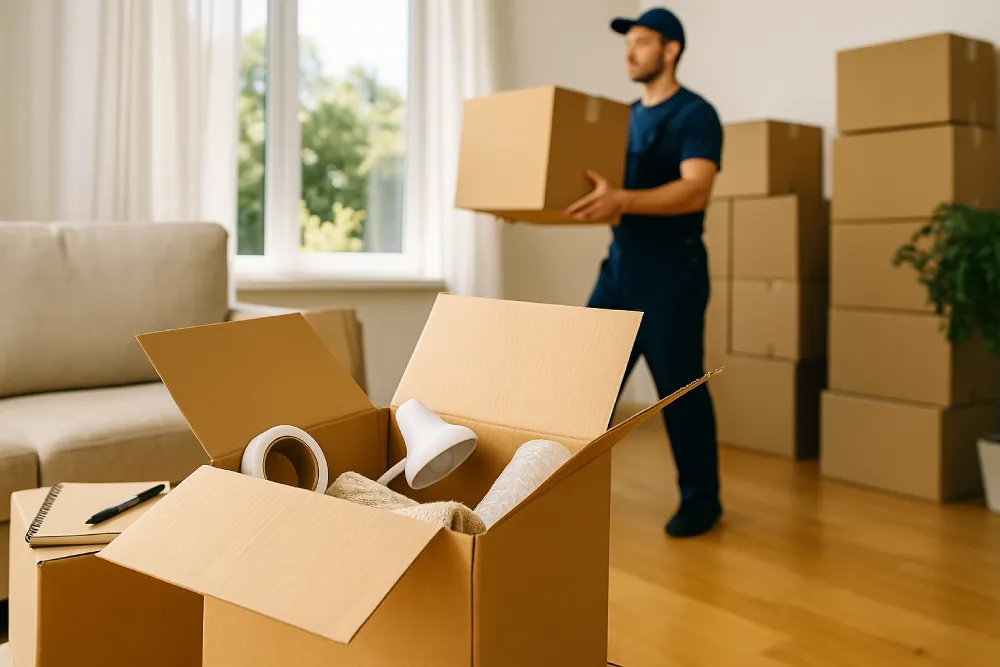


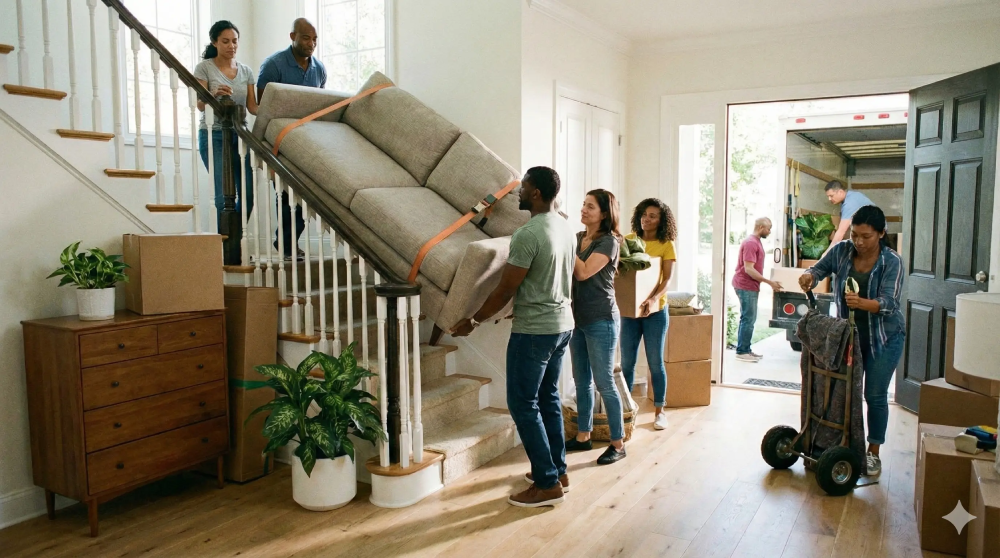
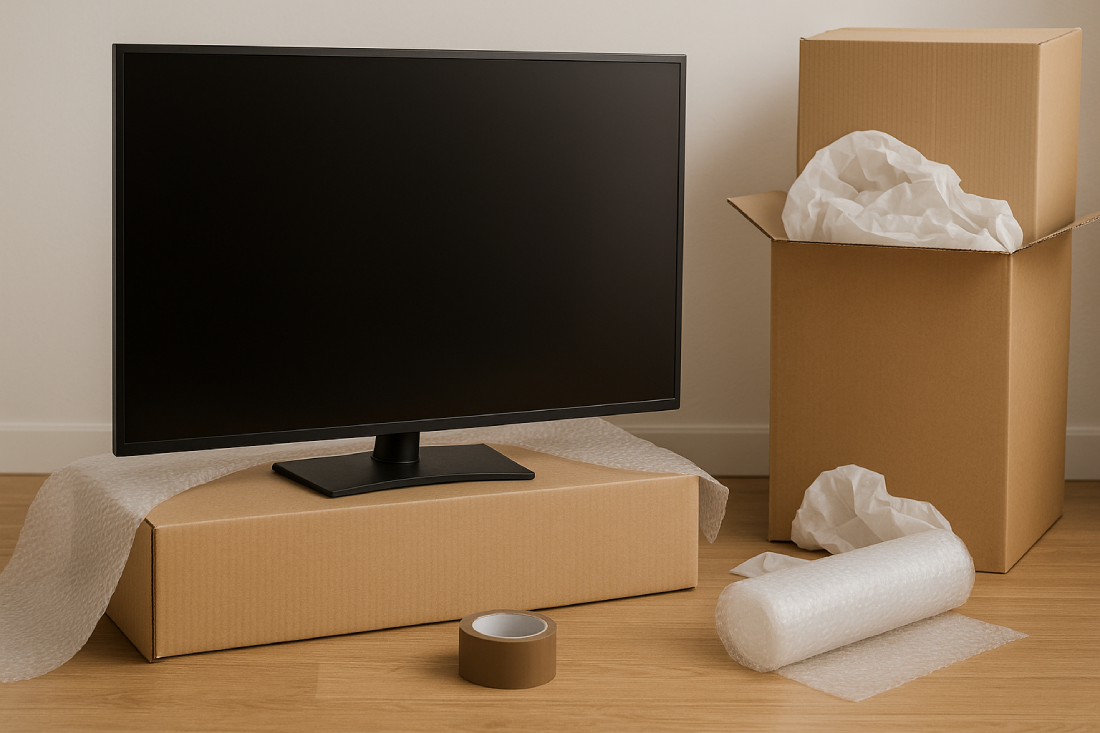
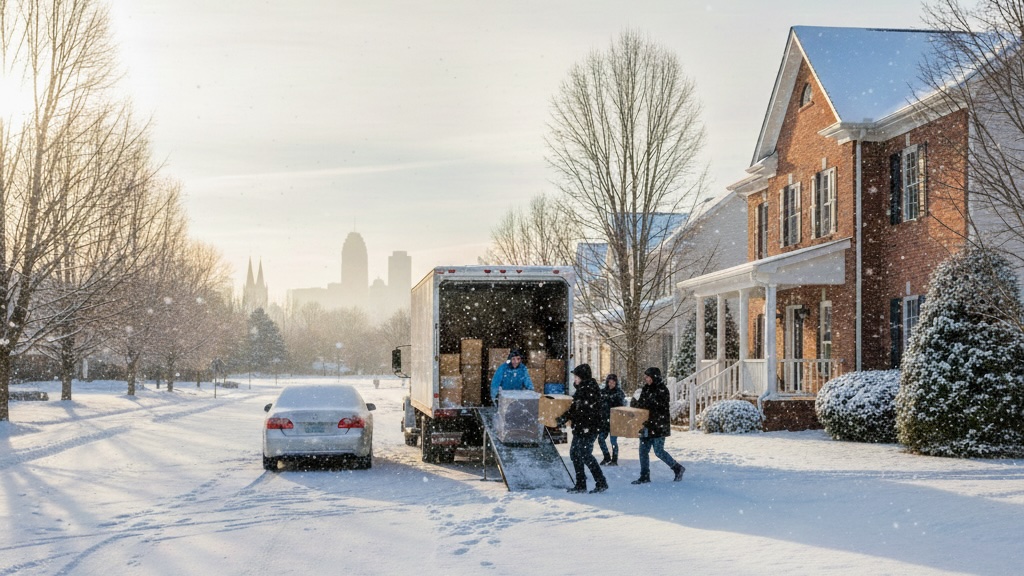

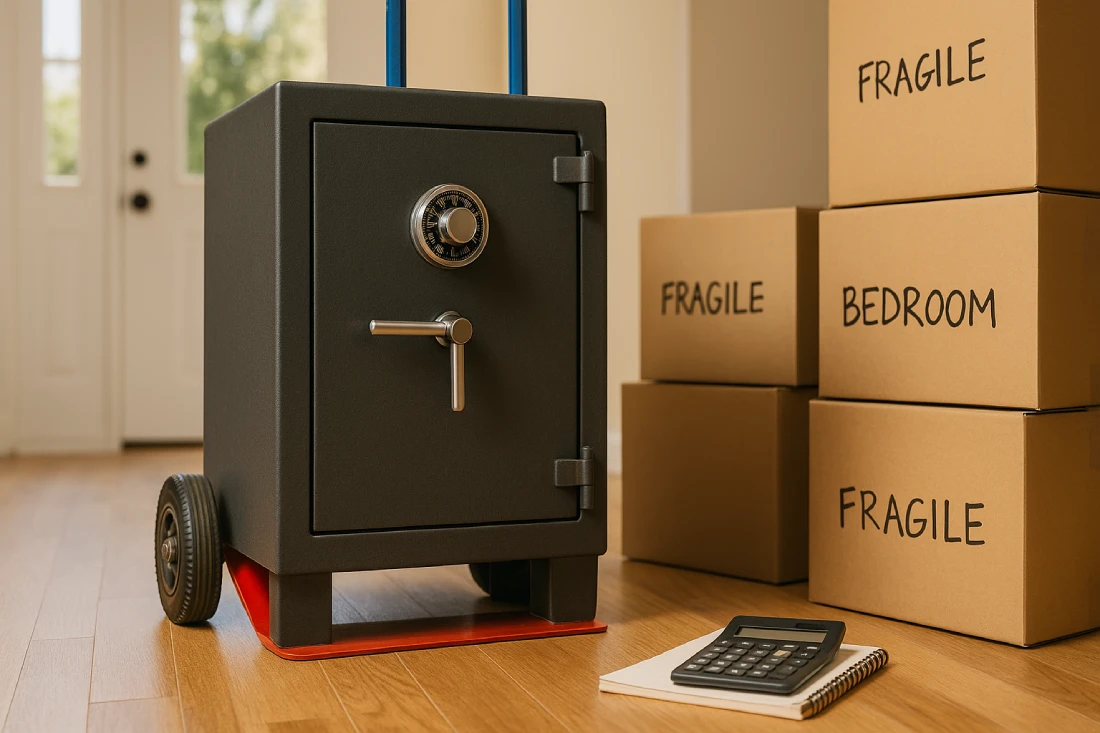
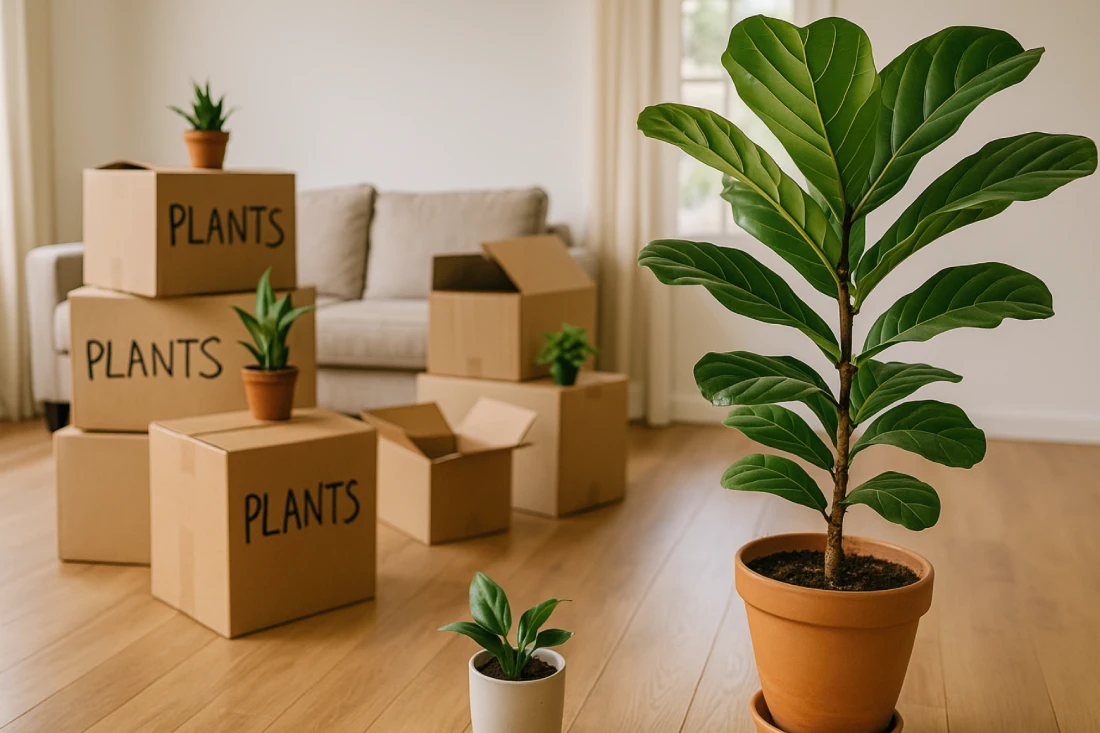
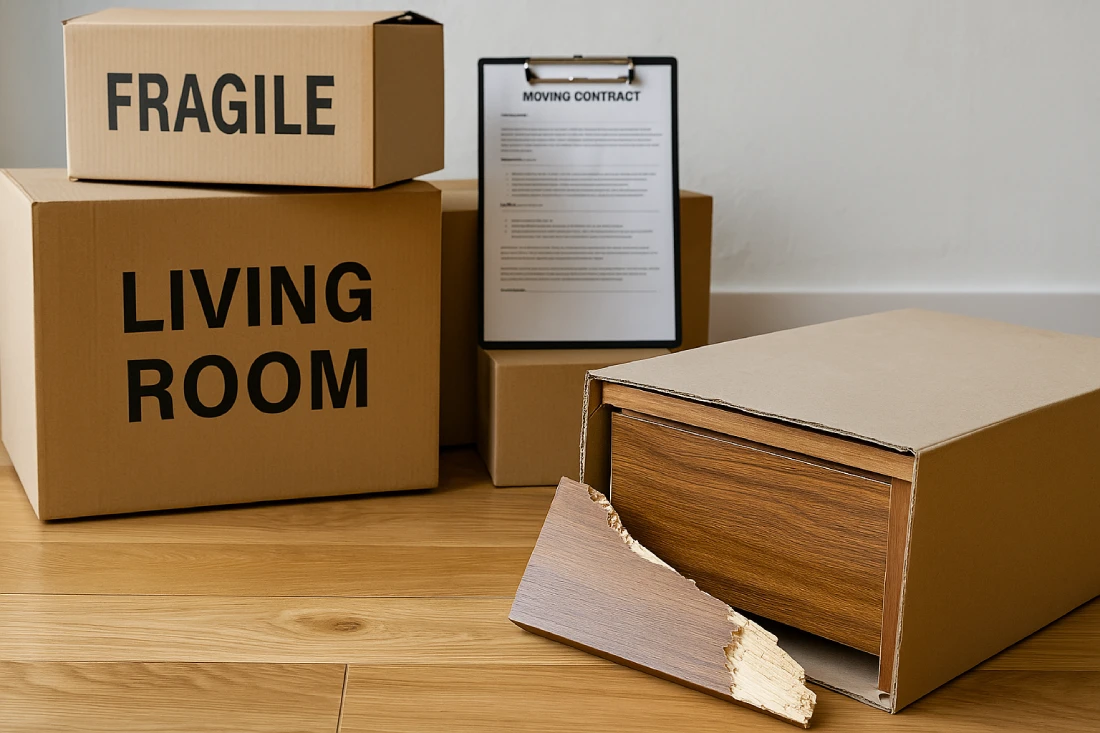
.webp)






